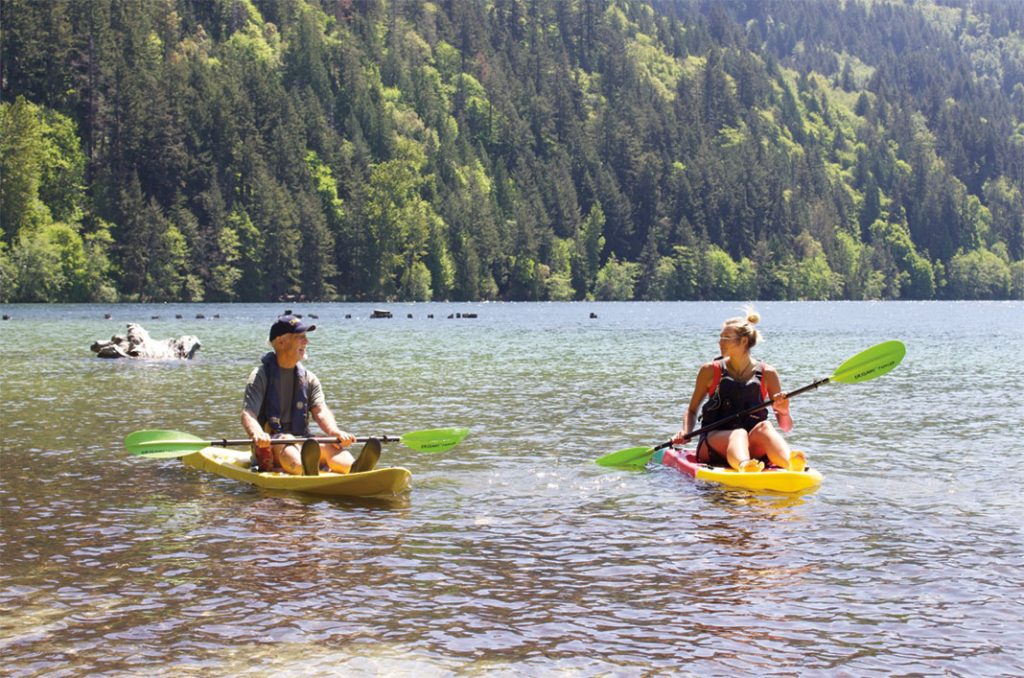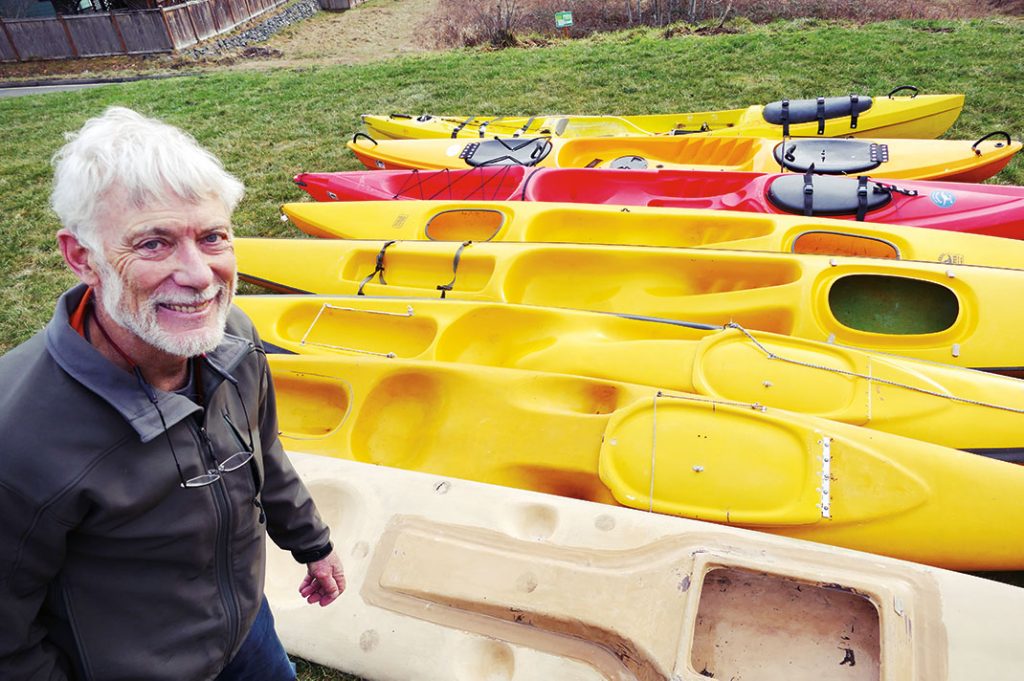Tim Niemier sees no end to the growth of paddlesports, and after a few minutes soaking in the legendary waterman’s aura you wouldn’t either. The 70-year-old serial innovator’s life goal is to “put a billion butts in boats,” and since carving one of the world’s first sit-on-top kayaks out of an old surfboard in the late 1960s, he’s done as much as anyone to bring that vision to life. Niemier forged a lucrative design career while staying true to his beach bum roots, though he left his native Southern California for the Pacific Northwest decades ago.
His latest brainstorm is the Origami Paddler, a packable hard plastic watercraft he calls “the world’s first folding standup paddleboard and kayak in one.”
Judging by the response to his July 2020 Kickstarter campaign—it raised more than $3.8 million—that’s just what people had been waiting for, whether they knew it or not. This has always been Niemier’s particular brand of genius. For five decades now, he’s been radically rethinking paddlecraft to appeal to the masses. And while he hasn’t put a billion butts in boats (yet) he’s arguably done more to grow the sport than anyone.
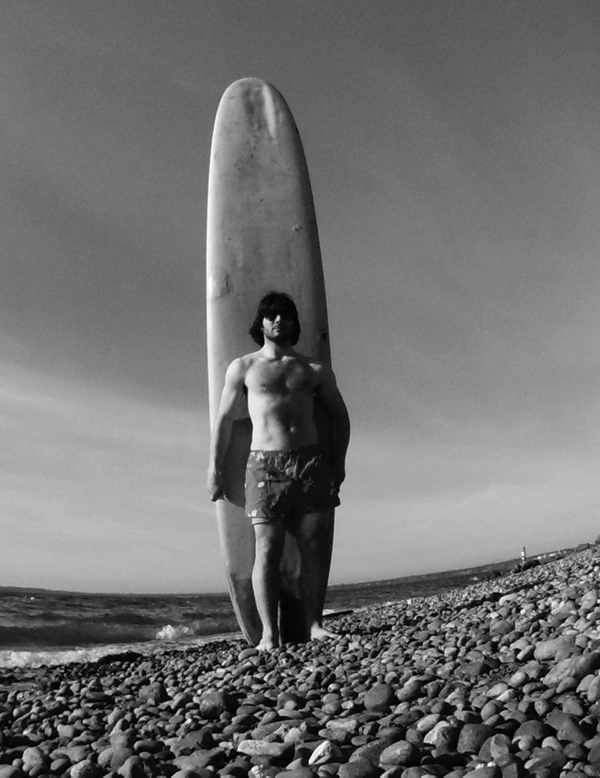
Every sit-on-top kayak in the world shares DNA from Niemier’s original Ocean Kayak, the evolution of that first carved-out surfboard, which Niemier began producing in molded polyethylene in 1978. The company’s Scrambler and Malibu became some of the most popular kayaks of all time. They fueled a recreational paddling boom, filled liveries worldwide and ultimately gave birth to kayak fishing as we know it today. Niemier eventually opened factories in Hawaii, California, New Zealand and France, defying predictions demand for kayaks would soon be satiated.
In those early days he watched as one of his dealers in Santa Barbara grew kayak sales from 114 the first year to “200 or 300” the next. “It was the opposite of saturated. It caught fire. Everybody would see these things on top of the cars, and other kayak companies would sell more there too,” says Niemier, who sold Ocean Kayak to Johnson Outdoors in 1997. His bet on sit-on-top kayaks paid off handsomely, and it’s still paying. While some sectors of the
sport have slowed, recreational kayaking continues to grow, driven by accessible designs at affordable prices.
“I’ve always said there’s 10 times more beginners with not very much money than the 10 percent that have a lot of money,” Niemier says. He recalls an event in Seattle where high-end kayak and paddleboard companies would demo their wares. The vendors would set up on the beach, where they were outnumbered by folks in price-point boats.
“They brought a lot of cheap kayaks that they would get at Costco, Walmart or someplace. It was interesting because all of the kayaks and paddleboards for the event were more expensive, like $1,000 and up. But the people who were there on the beach—the people actually using the beach—were in less expensive boats,” Niemier says.
“People want to get on the water, and a lot of them don’t have much money. That’s the beauty of kayaks,” Niemier says. “They’ve always been the least expensive way of getting on the water.”
To be sure, Niemier isn’t only interested in less expensive boats. He recently caught the surfski bug at his home waters in Bellingham, Washington, and he’s been working on a plastic rendition of the Malibu outriggers he grew up with—a Polynesian-inspired sailing canoe that can be paddled, sailed or motored. The design appeals to folks with a rare set of skills and a few thousand dollars to spend.
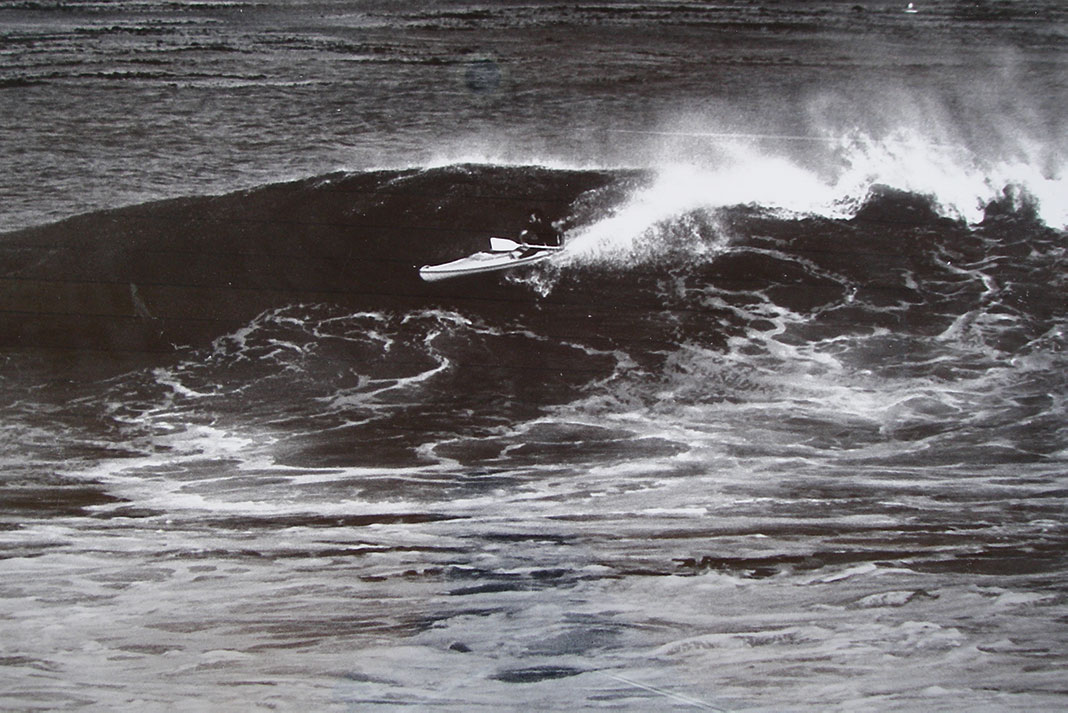
With the Origami Paddler, though, Niemier is back to his old butts-in-boats formula of accessibility and price. Packable paddling options like packrafts and frame kayaks are continuing to gain market share, as people living in urban areas without garages and big vehicles seek ways to get out on the water. The Origami Paddler meets this audience with a versatile craft that can be used as a sit-on kayak or stand-up paddleboard. It competes on price with kayaks and paddleboards sold through mass retailers, and the setup is intuitive—the user just unfolds the three-piece hard-plastic shell and secures a few cam buckles.
The hardest part is getting one. Niemier and his business partner Paul Hoyt struggled with the Covid-related supply headaches plaguing the paddlesports industry. Boats began shipping in July, and the company is now working through a backlog peaking at more than 20,000 units.
The project may have never even come to fruition if Niemier hadn’t gone over the handlebars of his mountain bike in 2019. The crash on one of Niemier’s regular trails fractured the C2 vertebra in his neck. Laying on the ground, Niemier initially thought he was paralyzed. Sensation eventually returned but he spent three months in a neck brace. Eight months after the accident he watched the Kickstarter campaign skyrocket.
“It was a wake-up call,” he says. “All of a sudden I realized I got to live.”
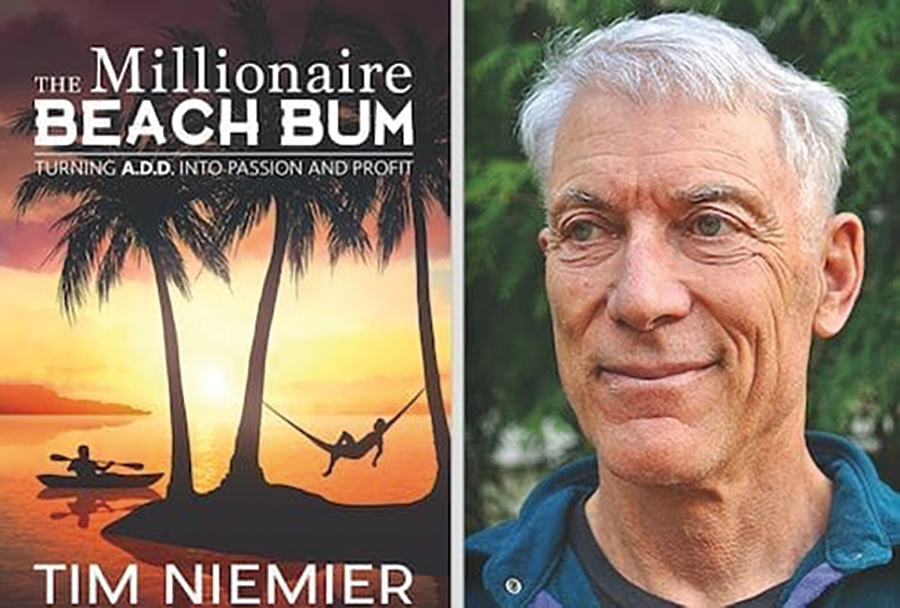
Tallying his many accomplishments as a waterman and kayak designer, there’s no question Niemier has lived, and lived big. Nor has age or injury dimmed his innovative spirit. His mind continues to churn with new ideas. Currently he’s focussed on a process called thermal kinetic compounding, which he believes could make reclaimed plastics into a viable kayak material. If the technology lives up to its promise, Niemier says he’ll ultimately be able to turn plastic bottles and fishing nets into kayaks in Bellingham for less than the cost of virgin plastic boats produced overseas.
While Niemier has played a large role in bringing kayaking to the masses and made a good living doing so, the prospect of recycled kayaks—craft that connect people with oceans and rivers while also protecting those waterways in a small way—keeps the fire burning in the inventor.
“When people get in the water, they are a small part of a big picture,” he says. “It brings you into the present. Everybody could benefit from that, and it is something I personally have really liked to share.”
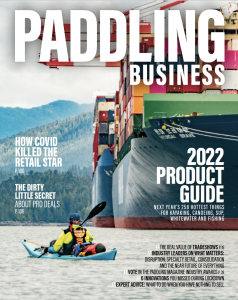 This article was first published in the 2022 issue of Paddling Business. Inside you’ll find the year’s hottest gear for canoeing, kayaking, whitewater and paddleboarding. Plus: Industry leaders on surviving COVID, the dirty little secret of pro deals, brand consolidation and more. READ IT NOW »
This article was first published in the 2022 issue of Paddling Business. Inside you’ll find the year’s hottest gear for canoeing, kayaking, whitewater and paddleboarding. Plus: Industry leaders on surviving COVID, the dirty little secret of pro deals, brand consolidation and more. READ IT NOW »
Cutting Edge: Niemier carves a SoCal bomb circa 1970. At top, he poses with the original SOT and for his 2015 biography, and paddles his next brainchild, the Origami Paddler. | Photos: Courtesy Tim Niemier



